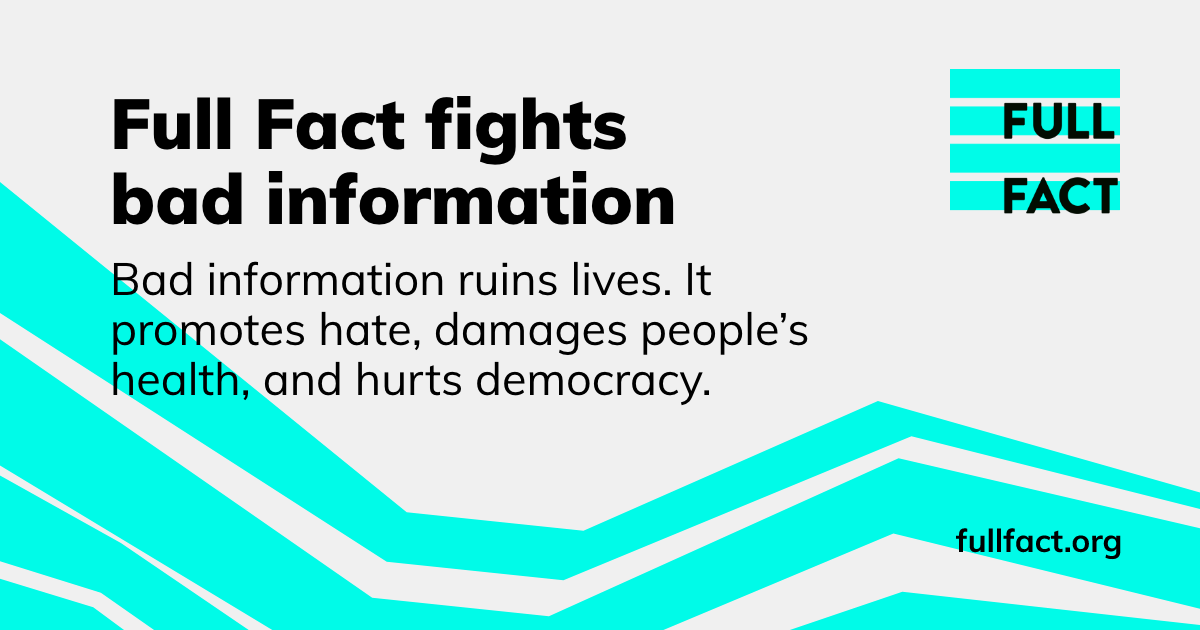The Scale Trap
Journalism's obsession with scale was a dead end. The future belongs to newsrooms that measure relationships, not just reach.
Implementing AI for fact-checking and misinformation detection offers numerous benefits for newsrooms, helping them maintain credibility and promote a more informed public.
Information spreads at breakneck speed, making it increasingly difficult to separate fact from fiction. The rise of social media has only exacerbated this problem, with misinformation and disinformation running rampant across various platforms.
In this article, part of our ongoing series on "The AI Newsroom Revolution," we explore the role of AI in fact-checking and misinformation detection, emphasizing the importance of combating misinformation, highlighting AI tools for fact-checking, examining case studies of successful AI implementation in newsrooms, and discussing the challenges and ethical considerations involved.
Misinformation has far-reaching consequences, influencing public opinion, swaying elections, and even posing a threat to public safety. As gatekeepers of information, newsrooms bear a significant responsibility to ensure the accuracy and reliability of the content they produce. By leveraging AI technologies, newsrooms can enhance their fact-checking efforts and combat misinformation more effectively. This not only bolsters their credibility but also helps promote a more informed and discerning public.
Several AI tools and techniques have been developed to assist newsrooms in their fact-checking efforts. Some of the most notable ones include:
Claim verification: AI algorithms can analyze text and assess the veracity of claims by cross-referencing them with reliable sources and databases. This can help journalists quickly identify false or misleading information.
Image verification: As previously mentioned, AI-powered computer vision and image recognition tools can be employed to determine the authenticity of images, detecting instances of manipulation or misattribution.
Social media analysis: AI can analyze social media content to identify patterns indicative of misinformation campaigns, such as coordinated efforts to spread false information or manipulate public opinion.
Network analysis: By examining the connections between various online entities (e.g., websites, social media accounts), AI can help journalists uncover coordinated disinformation efforts and trace the origins of false information.
Several news organizations have already begun harnessing the power of AI to enhance their fact-checking efforts. Some notable examples include:
The Washington Post: The Washington Post has developed an AI-powered tool called Heliograf, which generates automated news content and assists in fact-checking. Heliograf was used during the 2016 U.S. presidential election to monitor social media and cross-reference claims made by candidates with reliable sources.

Full Fact: This UK-based fact-checking organization has developed an AI-driven tool that monitors live broadcasts and automatically flags potentially false statements for further review by human fact-checkers.

The Associated Press: The AP has partnered with various AI research organizations to develop tools that assist journalists in verifying user-generated content, such as images and videos, during breaking news events.

These case studies demonstrate that AI-driven fact-checking tools can be a valuable asset in the fight against misinformation, helping newsrooms maintain their credibility and uphold the highest standards of journalistic integrity.
Despite the potential benefits of AI-driven fact-checking, there are several challenges and ethical considerations that newsrooms must grapple with when implementing these technologies:
Bias in AI algorithms: AI models are trained on large datasets, which may contain inherent biases. If these biases are not accounted for, AI-driven fact-checking tools could inadvertently reinforce misinformation or perpetuate existing biases.
Transparency and explainability: It is crucial for newsrooms to understand how AI-driven fact-checking tools arrive at their conclusions to ensure that they are making informed decisions based on reliable information. This requires a level of transparency and explainability that may be difficult to achieve with complex AI models.
Human oversight: While AI can be a powerful tool for fact-checking, it is not infallible. Newsrooms must continue to rely on human journalists to verify information, provide context, and make ethical decisions. Striking the right balance between AI-driven automation and human oversight is crucial to maintaining journalistic integrity.
Data privacy concerns: Implementing AI-driven fact-checking tools may require the collection and analysis of large amounts of data, raising concerns about user privacy and data security. Newsrooms must ensure that they are adhering to strict data protection standards and ethical guidelines when using these technologies.